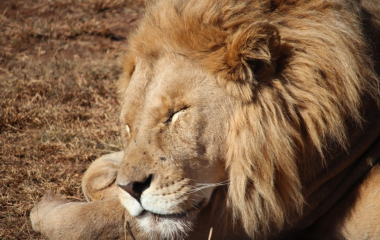Over the weekend a New York Times editorial longingly observed how “effortlessly” farm animals seem to sleep. In contrast, people seem to work at sleeping – or at avoiding sleep as much as possible.
“What a lot of shut-eye all the other species get, and how sleep-deprived humans seem in comparison!” the editorial lamented. “To grasp the force of human culture, all you have to do is consider how hard we try to organize our sleeping.”
One way researchers try to unlock the mysteries of human sleep is by studying sleep in other species. Results show a diversity of sleep habits.
A 2008 study involved brown-throated, three-toed sloths. The results emphasized the importance of studying animals in their natural environment.
In captivity sloths sleep for more than 16 hours per day, BBC News reported. But the study found that they only slept for 9.6 hours in the wild.
Last month BBC News reported on a study of fire ants. It found that queen ants fell asleep 90 times a day; these sleep periods lasted a little longer than six minutes. Their total daily sleep was more than nine hours.
In contrast, a single worker took 250 naps per day; each nap lasted just longer than a minute. Their total sleep was only 4 hours and 48 minutes a day.
The article added that this productivity may come with a cost: The worker ants only live for months; the queen ants live for years.
A 2009 study examined the sleep of dolphins. A dolphin only sends half of its brain to sleep; the other half remains conscious.
The dolphins in the study were able to remain vigilant over a five-day period. They also showed no signs of sleep deprivation.
It’s often assumed that every animal sleeps in one way or another. But is this true? Do all animals sleep?
It’s a difficult question to answer; it can be hard to tell whether an observed animal is sleeping or in a state of “quiet rest.”
UCLA’s Jerome Siegel published a review of the evidence in 2008. According to Siegel, we may be wrong to assume that there is a “universal state of sleep” among all animals.
“The evidence that all animals have a state that meets the accepted definitions of sleep is quite poor,” he concluded.
How much do animals sleep? Download this classroom activity sheet to find out.
By Thomas M. Heffron





